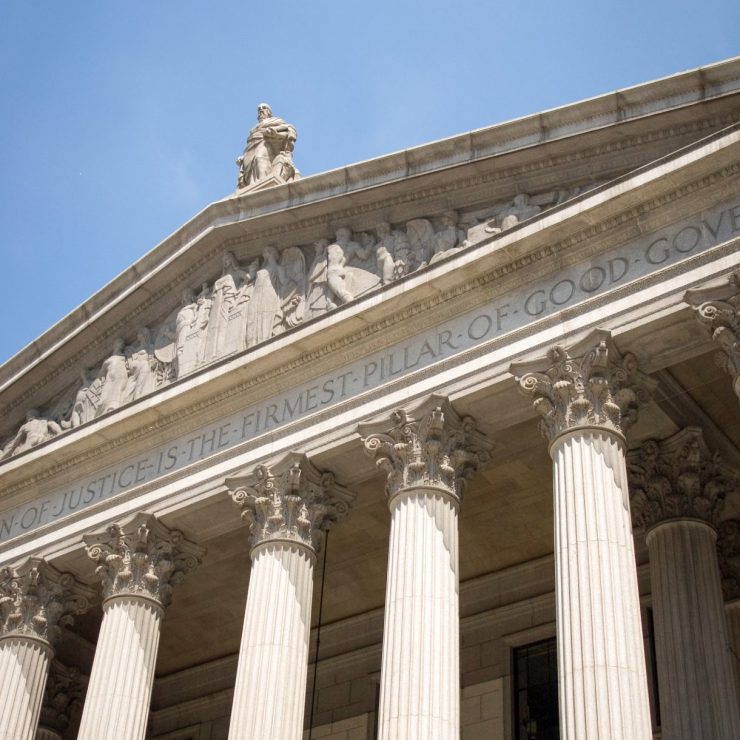By: Andrew Der, CEP
In a 6-3 ruling on June 28, 2024, the Supreme Court of the United States (SCOTUS) overturned their 40-year-old “Chevron Doctrine” ruling in the hearing of Loper Bright Enterprises v. Raimondo. The Chevron Doctrine was established from the historic 1984 case Chevron v. Natural Resources Defense Council and set a precedent allowing the Supreme Court to defer to the specialized expertise of executive agencies regarding complex technical matters in legal proceedings. As such, its overruling has the potential to significantly affect every environmental legislative and regulatory process in the Environmental, Health, and Safety (EHS) industry.
The SCOTUS has previously relied heavily on the Chevron Doctrine to entrust significant ruling decisions to the expertise of the applicable Executive Branch agency. With the ruling in Loper Bright Enterprises v. Raimondo, SCOTUS justices are no longer required (they may voluntarily do so) to consider agency rule-making expertise and history to render their own opinions during legal proceedings – even though the agency may be the most technically literate.
This decision can not only further affect applicable issues regarding the Clean Water Act (CWA) Waters of the US (WUS) definitions related to CWA Section 404/401 and Endangered Species Act permitting, thus promoting SCOTUS opinions over those of the US Environmental Protection Agency (EPA), Army Corps of Engineers, and Fish and Wildlife Service, but it can also affect every major public health and environmental agency’s rule-making process.
This includes hazardous waste and superfund regulation, the Clean Air Act, FDA drug regulation, FERC decisions, and OSHA criteria, amongst others. The already abundant litigation over agency actions could potentially increase to alarming levels, leaving the SCOTUS to make final decisions based solely on their own technical knowledge, and what can be amassed during their review of the legal processes that brought a case before them.
While legal experts are divided over the pros and cons of the ruling based on principle – and opinions are clearly biased by one’s affiliation – most are undecided as to how things will proceed from here and advise a “wait-and-see” approach. One projection is that this will have a chilling effect on agencies enacting new regulations, potentially causing them to be less ambitious or think twice, while engaging the Department of Justice and the White House counsel more than usual.
Stay tuned for future updates!
